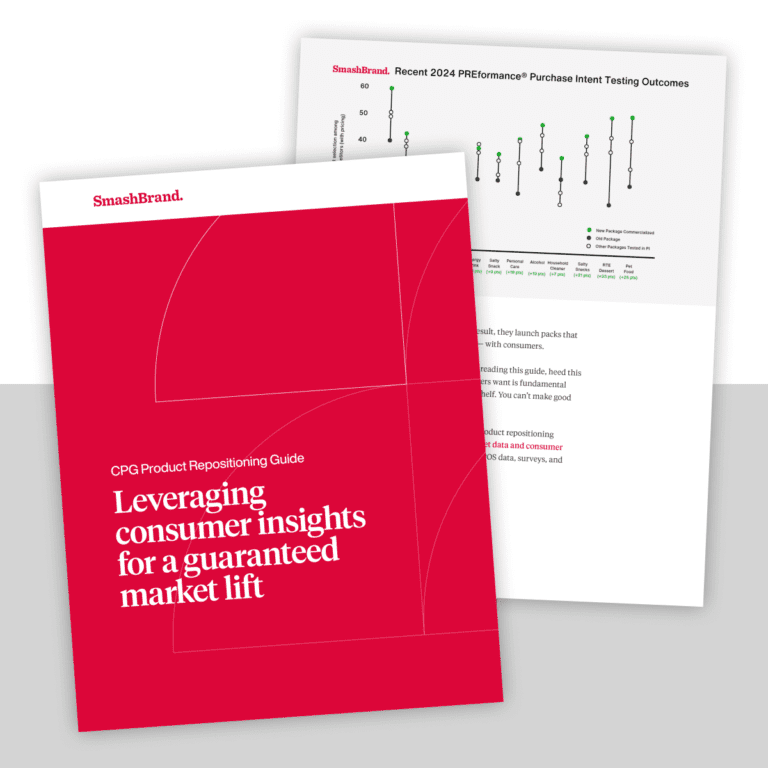When you’re introducing your brand spanking new retail product, the exact design of your label may take a back seat to simply having a label in the first place. Yes, you are going to want the public to know what the name and purpose of your product is, but even the minor, seemingly insignificant details can have a huge impact on the impression your product gives to the public. We know that you’ve nearly been driven mad by the endless meetings, data analysis, testing, memos from packaging design companies and minor spec modifications, but we urge you to abandon your plan of writing the name of the product directly on the package with a sharpie and calling it a day. You’ll thank us!
Nevertheless, creative food label design is sometimes inspired by simple things, like folksy handwriting, but there are nevertheless little flaws that can have a significant impact on how your product is perceived by the public. Here are a few details that, if neglected, can harm your label design.
Size of Typeface
You might want to include a huge amount of information on your food label, but if you have to use a microscopically small font in order to squeeze in all of the details you want to display, you’re just shooting yourself in the foot, figuratively speaking. Of course, we don’t mean that every single nugget of information has to be readable from 10 feet away, but the name of the product itself should be identifiable on a store shelf without the customer having to pick it up. Whatever you decide in terms of crucial product information, no single detail is more important than the customer being able to read your label and identify your brand.
Legibility of Typeface
No, it isn’t a crime to want your font or typeface to be distinct and interesting, but not at the expense of simple readability; energy drinks and death metal bands tend to march into the trap of baroque and illegible designs the most frequently. Yes, the design certainly looks as though it took a lot of effort, but in terms of simple coherence, it is on par with the work of Jackson Pollock.
Label Placement
In the West, we read from left to right; top to bottom. Neglecting this simple tendency could cause the consumer to pass your product right over. No, we don’t oppose challenging the common perceptions of the consumer by designing something that stands apart from the other items on the shelf, but consumers don’t particularly want to be challenged for the sake of it; they want to know what your product is and why they should buy it in two seconds or less.
Color Combinations
Color choices that are similar to your competitions’; any typeface color that blends into the background and any color combination that induces seizures are color choices to be avoided.
Dated Designs (swoosh, anyone?)
We all love nostalgia — apothecary designs, designs that recall marketing campaigns from the 1970s and “Mad Men” — but nostalgia takes a good thirty or forty years to take hold, and the original design elements have to recall the era specifically. This does not hold true of anything that was popular 15 years ago. There are certain design elements that were universally embraced by design and marketing consultancies in the recent past, and many of these are still stubbornly being used today. If you want your brand to seem futuristic and fast-paced, please, please, please rethink the “swoosh” or any other design element that looks as though it is trapped in a wind tunnel. Your company is on the move. We get it.
Like most design rules, many of these guidelines can be ignored successfully, but these are nonetheless flaws that we (and we’re sure you) have seen on store shelves and online that have no doubt hurt the manufacturer’s bottom line.
Subscribe to
Nice Package.
SmashBrand’s Nice Package: Stay current with our latest insights
Free Resource.

CPG product repositioning guide.
Explore the five undeniable signs your CPG product needs repositioning along with strategies for leveraging consumer insights for a guaranteed market lift.
Download Whitepaper About CPG product repositioning guide.